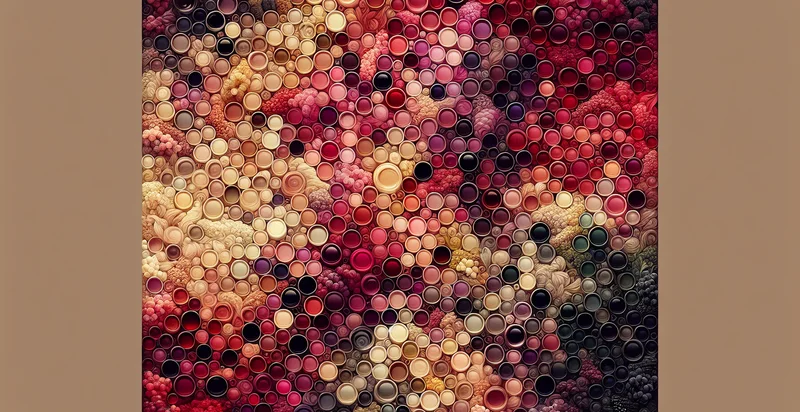Identify wine label languages
using AI
Below is a free classifier to identify wine label languages. Just upload your image, and our AI will predict what language is used on the wine label - in just seconds.

Contact us for API access
Or, use Nyckel to build highly-accurate custom classifiers in just minutes. No PhD required.
Get started
import nyckel
credentials = nyckel.Credentials("YOUR_CLIENT_ID", "YOUR_CLIENT_SECRET")
nyckel.invoke("wine-label-languages", "your_image_url", credentials)
fetch('https://www.nyckel.com/v1/functions/wine-label-languages/invoke', {
method: 'POST',
headers: {
'Authorization': 'Bearer ' + 'YOUR_BEARER_TOKEN',
'Content-Type': 'application/json',
},
body: JSON.stringify(
{"data": "your_image_url"}
)
})
.then(response => response.json())
.then(data => console.log(data));
curl -X POST \
-H "Content-Type: application/json" \
-H "Authorization: Bearer YOUR_BEARER_TOKEN" \
-d '{"data": "your_image_url"}' \
https://www.nyckel.com/v1/functions/wine-label-languages/invoke
How this classifier works
To start, upload your image. Our AI tool will then predict what language is used on the wine label.
This pretrained image model uses a Nyckel-created dataset and has 44 labels, including Arabic, Basque, Bengali, Bulgarian, Catalan, Chinese, Croatian, Czech, Danish and Dutch.
We'll also show a confidence score (the higher the number, the more confident the AI model is around what language is used on the wine label).
Whether you're just curious or building wine label languages detection into your application, we hope our classifier proves helpful.
Related Classifiers
Need to identify wine label languages at scale?
Get API or Zapier access to this classifier for free. It's perfect for:
- International Market Entry: This function can help beverage companies identify wine labels in multiple languages, aiding them in assessing market potential for different countries. By analyzing language patterns on wine labels, businesses can tailor their marketing strategies for specific regions and languages.
- Compliance and Regulation Monitoring: Wine importers can use this identifier to verify compliance with local language regulations on labeling. This ensures that all necessary information is presented in the country's official language, reducing the risk of fines and product recalls.
- Consumer Insights and Preference Analysis: Retailers can analyze wine labels to understand consumer preferences based on language demographics. This data can drive marketing campaigns and inventory decisions to cater to specific customer bases more effectively.
- Brand Localization Strategies: Global wine brands can leverage this function to adapt their labels for different markets, ensuring cultural and linguistic relevancy. This facilitates better brand recognition and increases consumer trust when entering new geographical markets.
- E-commerce Optimization: Online wine retailers can utilize the language identifier to create localized product descriptions and marketing content. This enhances the shopper experience by providing information in the user's preferred language, potentially increasing conversion rates.
- Label Verification for Quality Control: Wine producers can implement this function in their quality control processes to ensure that the correct language is used on business-critical labels. This can prevent costly labeling errors and maintain brand integrity.
- Historical Data Analysis for Trend Tracking: Researchers and analysts can use this tool to track historical changes in wine label languages over time. This can reveal trends in globalization and market shifts, aiding wine producers in strategic planning and forecasting future opportunities.


